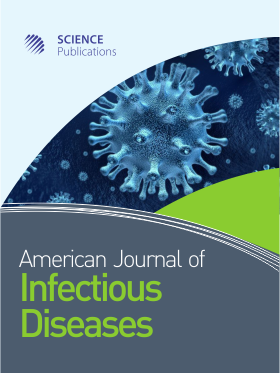Cholesterol Metabolism in Brain and Skin Fibroblasts from Sarda Breed Sheep With Scrapie-resistant and Scrapie-susceptible Genotypes
- 1 University of Cagliari, Italy
Abstract
Scrapie is a fatal spongiform encephalopathy of sheep, a transmissible form of prion disease caused by neuronal accumulation of the aberrantly conformed prion protein (PrPsc). Currently, no ante-mortem diagnostic tests are available to detect this untreatable disease in the pre-clinical stage, thus making difficult to control its spread. Recent evidence suggests that the production of PrPsc can be modulated by the levels of membrane cholesterol in neuronal cells. Since cholesterol levels in cell membranes are dependent on cholesterol homeostasis in the whole organism, we studied cholesterol metabolism in brain tissues, plasma and skin fibroblasts of Sarda breed sheep with scrapie-resistant (ARR/ARR) and scrapie-susceptible (ARQ/ARQ) prion protein genotypes, both not infected (ARQ/ARQ-) and infected (ARQ/ARQ+) with scrapie. We found that, the levels of cytoplasmic cholesterol esters (CE) in brains and skin fibroblasts from sheep with the ARQ/ARQ genotype were consistently higher than those from sheep with the ARR/ARR genotype. Conversely, the levels of free cholesterol (FC) were lower in ARQ/ARQ, as compared to ARR/ARR sheep, thus resulting in a sharp reduction of the FC/CE ratio. Moreover, both uninfected and infected ARQ/ARQ sheep showed abnormally low levels of high density lipoprotein-cholesterol (HDL-C) in their plasma, as compared to ARR/ARR sheep. These data other than adding new strength to the notion that altered levels of intracellular cholesterol may indicate the presence of a lipid metabolic state that predisposes to infection with, and accumulation of, PrPsc in the brain, discriminate for the first time between two distinct but related cellular pools of cholesterol, namely membrane FC on one hand and cytoplasmic CE on the other.
DOI: https://doi.org/10.3844/ajidsp.2007.142.150

- 5,849 Views
- 3,507 Downloads
- 1 Citations
Download
Keywords
- Scrapie
- Prion diseases
- Cholesterol homeostasis
- Cholesterol levels
- Rafts
